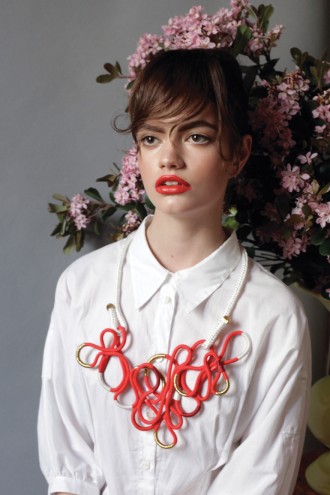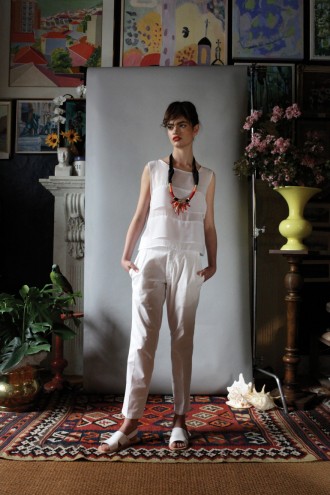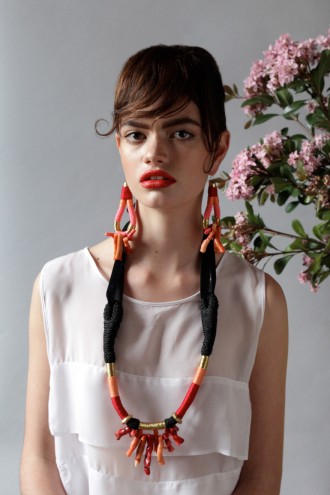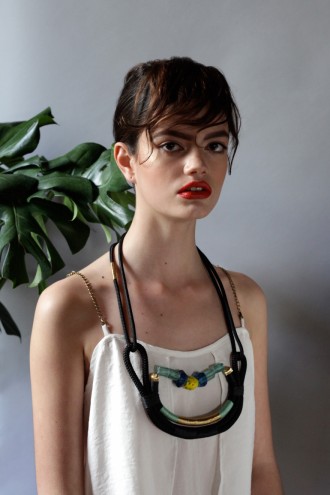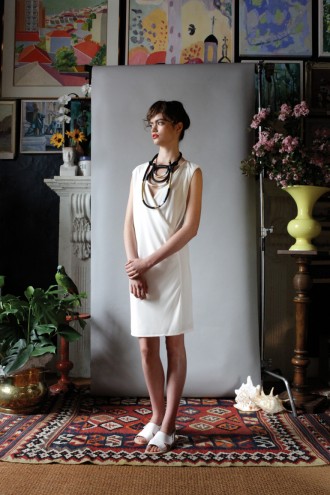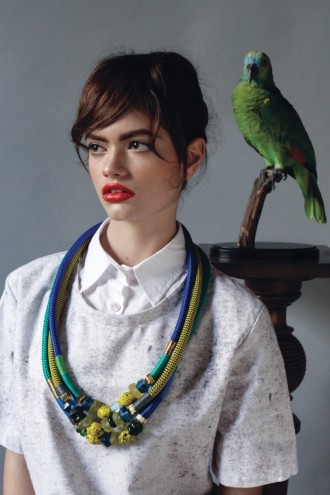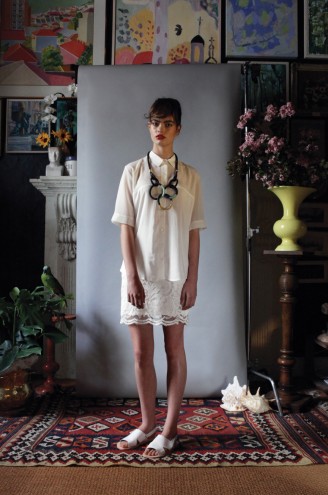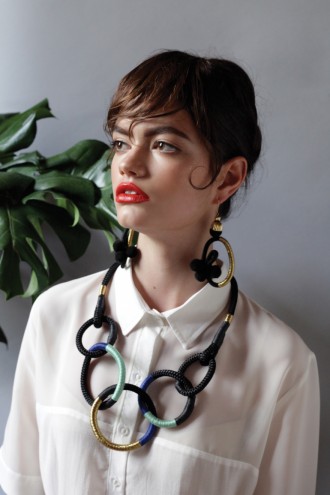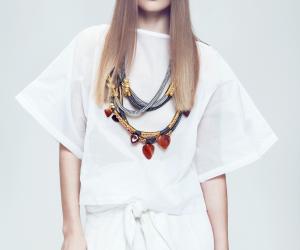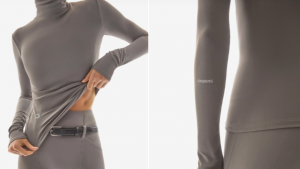From the Series
Katherine-Mary Pichulik would rather be known as a crafter than as a jewellery designer. “I studied fine art and am also a qualified pastry chef but I have no formal training as a jeweller,” she explains.
So how, you might ask did she end-up launching a highly successful jewellery brand, then?
“The early utterances of Pichulik started when I was travelling in India. There is a long lineage of using woven materials and textiles in jewellery, especially by the women in the Rajasthan in the North of India that was part of the Ottoman Empire. While there I had this wild thought of ‘what if I mysteriously started a jewellery brand?’."
This wild thought turned into reality when she returned to Cape Town after her travels. She started tinkering with some pieces, had a friend take some photos and three months later she was featured on Mercedes Benz Fashion Week in June 2012. In 2013 she was also a part of Design Indaba Expo’s Emerging Creative programme.
In almost two years she has had a meteoric rise to international fame. Her ranges are stocked in 16 high-end boutiques across the global, celebrities like the Williams sisters and Solange Knowles wear her jewellery, and her pieces regular grace the pages, and covers, of leading fashion magazines.
Pichulik describes her creative process as very intuitive: “I usually start with a feeling or an interest. And follow an art-making process of researching that feeling or interest or idea and then I start interpreting it with my materials. Then I get very involved with my material and the materials begin to lead the process to production,” she explains.
She often uses found materials in her pieces, a predilection that started during her studies in fine arts at Michaelis School of Fine Art.
“I have always like to have quite a visceral experience with materials. I am a bit of a hoarder and a treasure trover. I also love the nature of assemblage and the long lineage it comes from on an art trajectory. It has always been about taking the mundane and transforming its meaning through juxtaposing it with seemingly unfamiliar objects,” she says.
She sources her materials from all over Africa using everything from semi-precisous stones and recycled glass, to brass washers and trade beads.
It is always about finding weird and interesting materials and elevating them so that they become covetable and desirable, she muses.
While her first collection was inspired by India and had an almost folky feel to it that was fun, light and youthful, her winter collection for 2013 looked to the deep, rich textural styling of the 70s and African music, like Fela Kuti, of the time.
For 2014 Spring/Summer collection, she celebrates the seaside glamour of the golden age on the French Riviera in the 50s and 60s.
“I love movies from the 1950s and 1960s with beautiful women like Jean Seberg and Brigette Bardot. There was this fantastic period on the French Riviera when the golden era of cinema re-emerged. I am also fascinated by African’s influence on this enclave in the Mediterranean,” Pichulik explains.
She incorporates recycled glass, reminiscent of sea glass that you would find on the beach, bright red coral with touches of glamorous gold thread in a tropical, seaside palette. (See the complete range here.)
For her winter collection she will be turning to more land bound inspiration looking at the different kinds of soil found in Africa.
We have a family farm in the Groot Marico district and the soil there is blood red. It seeps into your shoes and the facades of the buildings and houses are made from it – I really love that. I think it shows how ones environment can, on a very tangible level, integrate into the infrastructure. So what does that mean for me? I will look at stones and rocks; at materials in my immediate environment and integrate them in unlikely ways.
Asked whether she wants to be called an ‘African designer’ and whether she believes there is such a thing as an African design aesthetic, her answer is twofold:
“On one level I believe my context is integral to my process and also in the fact that the women who work with me, the crafters I employ, are from Africa. So there is no way I can disenfranchise myself, or what I produce, from my African context. On the other hand being referred to as ‘African designers’ puts us in our own separate category in the same way art or fashion has been called ‘African’ and ‘Ethnic’ as a means to deny it a space of power within international production, historically. Currently designers and artist working in Africa, and even Africa as a continent itself, is challenging this label. We’re trying to create a unique African offering that is on par with, if not better, than any international production.”
Pichulik also sees her jewellery as a story telling vehicle, creating bespoke pieces for women who share their stories with her:
I see my jewellery as conduits for stories; as an alchemy, as something that inspires women to take risks.
She elaborates that jewellery is a fascinating form that has as strong ritual heritage often used to mark different initiatory phases in both men and women’s lives.
“Jewellery has always been use symbolically and metaphorically to mark transitions for women. In the Ottoman Empire when a woman got married she was given a huge piece of jewellery that was interwoven with pieces of clothes, blessings and scents with medical value as well as coins that would provide financial power should she be widowed. Likewise we try to infusing each piece with meaning. The main message is really to create a community of powerful, bold women and tell their inspiring stories and using jewellery as an artefact of that.”
While she finds women like Miuccia Prada and Paloma Picasso inspiring, her own heritage abounds with stories of powerful bold women. A single mother, who has been running her own business for the past 30 years, raised her. Her great-grandmother was the first woman to sing on the BBC Radio in South Africa. In the early 1900s she also sourced clothing from abroad and opened up a clothing boutique in the centre of Johannesburg.
Making this work is a testament to my own ancestry.

